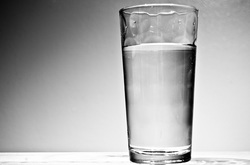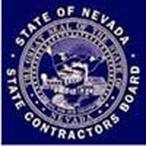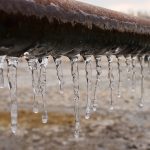Many people have the old fashioned, salt, water softeners in their garages. These units, during the process of doing what they do, waste one hundred and fifty gallons of water per week. This brine, it is called, is dumped into the laundry box and into the sewer system where it is treated along with all the other waste water and effluent. This puts added strain on the water treatment plant. Sometimes, if the home is left vacant for a period of time, which was common in recent years, the water and salt forms into a solid block.
I got a call from a customer last week who said she just moved into her house and the water softener appeared to be a sold block of salt and asked me how this could be fixed. I told her that she would have to take the ungodly heavy plastic holding tank to the dump and get a new unit. She was not happy about this. I have made the trip to the dump many times with these units. The State of California, in the midst of a drought has begun the process of deciding if these types of water softeners should be banned. Of course, this has the water softener companies in that state in a fear full spot.
A good alternative is a whole house filter that takes out, particulates, chlorine, sediment, and the hardness, or scale that is in Lake Mead water. There is such a unit and I have had good success with positive feedback from customers.
They consist of a single cartridge, changed out about every six months. They are installed at the soft water loop, or pipes that feed the water softener.
Many old houses were not piped with a future soft water loop so this would have to be addressed some way, depending on the way the house was piped originally. There is no waste product with these units and they are one half the cost of the units that are in the front area of Home Depot, and Lowe’s. Those are full house reverse osmosis units and in my opinion are not necessary to achieve good tasting water that doesn’t damage the plumbing.






